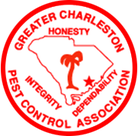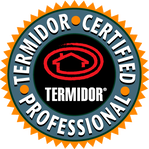Red Imported Fire Ants
Fire ant are omnivorous and can work together to take out birds, lizards, and other small animals. Fire ants don't use their bite to spread their venom. Instead, the bite is used to latch on, and then they sting with a stinger on their abdomen. And boy do they ever sting. Fire ants, when latched on, can use their stinger to attack a victim multiple times. Fire Ants and Your Yard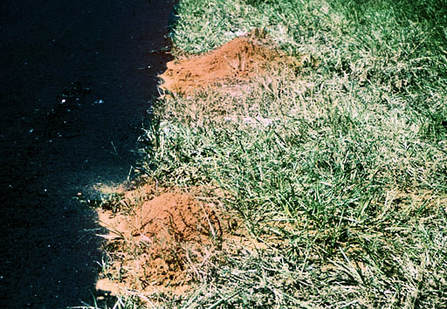 USDA APHIS PPQ - Imported Fire Ant Station , USDA APHIS PPQ, Bugwood.org USDA APHIS PPQ - Imported Fire Ant Station , USDA APHIS PPQ, Bugwood.org The fire ant mound is the tell tell way to visually see that you may have a fire ant colony below. While the mound is the most visible indicator, it isn't necessary for the survival of the colony. Taking it out or disturbing it doesn't take out the colony--more on that in a bit. The ants nest (aka where the queen can be found, and the only thing that can actually destroy the colony) is actually not directly accessible from the mound itself. Unlike other ant hills, access to the the fire ant nest requires a trip along multiple tunnels, and the nest can be SEVERAL feet away from the actual mound visible in your yard. In extreme temperatures (like a nice hot Charleston summer) fire ants can dig even deeper and further away from the mound for protection from the elements. Getting Rid of Those Colonies: Do home remedies work? As far as fire ant treatment goes. It is way easier to work on a preventative plan than it is to eradicate a colony once it has made it's home in your yard. Yards with wide open spaces may want to consider a regular treatment in order to prevent the colony from even starting. However, if those those nasty red mounds start popping up, they can cause fear and panic on how to get rid of them, and many will turn to DIY home remedies and Old Wives' Tales to try and eradicate the problem. However, very few of these methods have success and can even make the condition worse. Let's look at a few of the most popular methods recommended and explain what it is that just doesn't seem to do more than make you dizzy chasing fire ant mounds around your yard. Solution Suggestion #1: Grits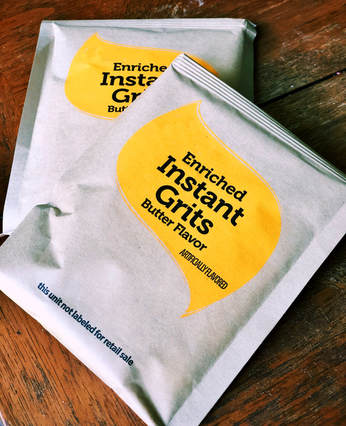 MYTH: Here in the South, grits are staple. We like to eat them with everything. There's creamy grits, baked cheese and grits, shrimp and grits, heck--there's even a creamy sweet grits pie! You may even find your neighbor recommending you use uncooked grits on and around a fire ant mounds to take care of your problem. I mean, Hey, it worked for them right? What else are you going to use those instant grits for? Surely you're not going to eat instant grits? Your neighbors insists that the ants are supposed to eat the grits and explode. Problem solved. Sounds good right? Think about this: There's a reason "it worked" for them and you now have fire ants. TRUTH: Fire ants really enjoy the sweetness of corn, and yes, they will "eat" the grits, but these grits aren't killing anything. Adult fire ants aren't capable of eating solid food. They will carry the grits back to the colony where the larvae will convert the solid grits into a liquid for the rest of the colony to consume the food. The grits aren't exploding anywhere. The larvae break the grits down into such small particles, there's no chance for explosion to occur. Fire ants' love of sweet corn is one reason it's used in pesticides--not to explode the ants, but to carry the pesticides to the nest. If you use grits and the mound goes away, you may be asking yourself, "but where did the mound go?" The likelihood is that you damaged passage ways to the nest, so the ants simply picked up and are heading to build a new mound elsewhere. You didn't kill them, you just moved their front door. Solution Suggestion #2: Boiling Water MYTH: Pour some boiling water over the mound. TRUTH: While this method is slightly effective, you've got maybe a 50-60% chance it could work, it is extremely dangerous to you. Researchers have found that this method is only effective if enough water is used. In this case, enough water is over 3 gallons! 3 gallons of boiling water? Not something I would want to handle. Boiling water cools very quickly. Without a heat source to maintain the temperature, the water will not remain boiling by the time it reached the queen. If you don't kill the queen, you don't kill the colony. Boiling water ins't worth the risk. You could burn yourself, kill the surrounding vegetation, and possibly not kill the colony. Also, have you EVER seen how ants behave when they encounter water? Solution Suggestion #3: Fight Fire with FireMYTH: Take fire ants from one colony and add them to another colony. TRUTH: Here's another case where all you're really doing is causing more work for those worker ants and not taking care of the real problem: the queen. The worker ants will most likely fight to death, but the queen will remain. The colony will rebuild. In Texas, we're even seeing cases where the different colonies join together and spread even faster. The Best Way to Combat Fire AntsOne of the most effective methods of fire ant treatment is the use of a professional service. A trained professional has access to the most effect pesticides and is equipped with the best knowledge of application. It's best to stay proactive and maintain a consistent fire ant treatment schedule that treats the yard and mounds. Even after the mound are gone, a yard treatment is still recommended to stay on top of and avoid the development of future colonies. Typically, fire ant treatments occur twice a year, and are most effective when applied in the Spring and the Fall. 843.860.4791 Sources:
https://articles.extension.org/pages/60922/what-do-fire-ants-eat http://articles.extension.org/pages/16027/a-fire-ant-smorgasbord http://www.walterreeves.com/insects-and-animals/fire-ant-control-grits/ https://doyourownpestcontrol.com/pest_control/questions_and_answers/top_10_things_you_should_know_about_fire_ants.html
7 Comments
|
About UsChampion Pest Management is a locally owned, family run, pest control company operating in Charleston, SC and the surrounding areas. Archives
February 2023
Categories
All
|
|
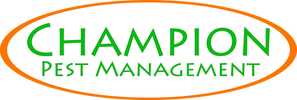
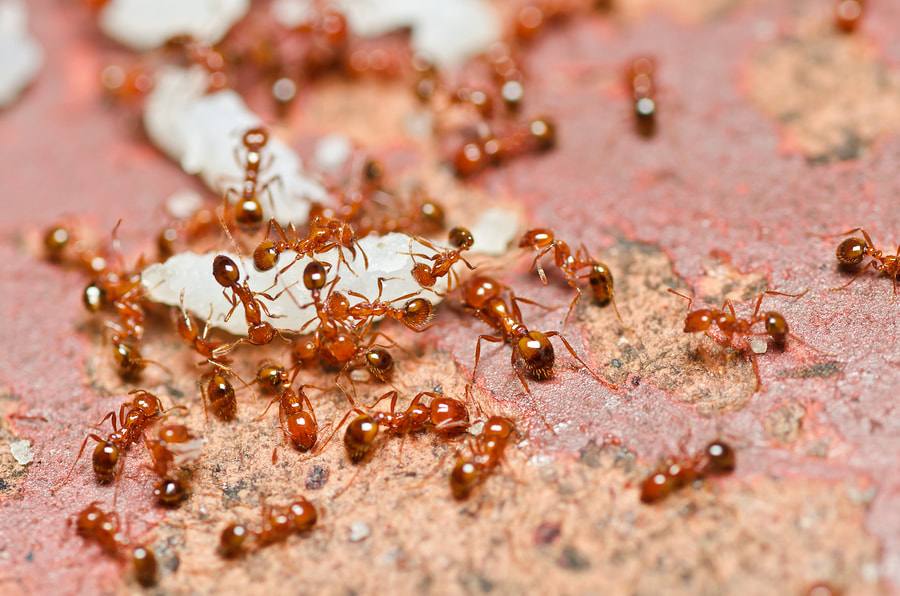
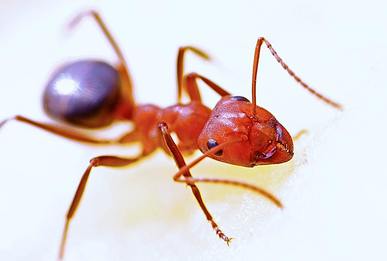
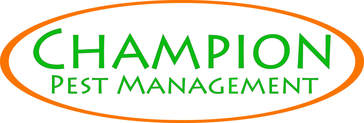
 RSS Feed
RSS Feed
